'Embrace the truth': Creating place brands with purpose and personality
Lantern joins industry panel to discuss our approach of embracing the truth in destination branding
Hot on the heels of Lantern winning 'Best Place or Nation Brand' at the Transform Awards Europe last month, our Director, Ryan Tym, joined a YCN panel discussion on placemaking at retail-giant, Hammerson's HQ in King's Cross, London.
Ryan was one of three panelists invited to share their perspectives on designing and planning spaces that have a real sense of purpose, community and personality. Together with Robin Dobson, Development Director at Hammerson and Morag Myerscough, founder of Studio Myerscogh, the panel discussed the importance of properly identifying the needs of people using a space: how to curate the right mix of businesses, amenities and services to meet these needs and the role of design and branding in bringing a destination to life and giving it an identity that they can relate to.
Traditionally associated with town planning and the creation of public spaces that meet the needs of local communities, the concept of placemaking has more recently been seized upon by retailers, property owners and leisure providers — all keen to turn their physical spaces into exciting destinations that visitors feel a connection with and keep coming back to.
YCN’s Director of Insights, Sheena Patel, opened the discussion by deconstructing the term “placemaking” and what it has come to mean in recent years. Although traditionally associated with town planning, placemaking is more than that. It is, literally, making places: identifying or creating “a sense of purpose and identity” for an area - whether that area is a town square, an empty unit in a shopping centre, or a whole housing estate. Successful, modern placemaking is about transforming an area in a way that reflects and respects the heritage that informs it and benefits the community that inhabits and surrounds it.
Embracing the truth
Ryan spoke about our experience in place branding, which spans both corporate and community initiatives. He spoke largely about the importance of “embracing the truth of an area” in regenerating, renewing and reviving areas. To illustrate his point, he used the Snowbird case study: the Utah ski resort’s marketing team played on its notoriety by incorporating negative Tripadvisor reviews into an ad campaign: embracing the unique aspects of the resort, Snowbird created a series of humorous digital and print ads featuring one star reviews imposed on juxtaposing images of spectacular mountain views: “too advanced,” reads one, by Greg from Los Angeles. “I’d heard Snowbird is a tough mountain, but this is ridiculous.”
Another example of “embracing the truth” of a place is car giant Chrysler’s Super Bowl commercial that played on the underdog spirit of Detroit (“We’re from America. But this isn’t New York City. Or the Windy City. Or Sin City. And we’re certainly no one’s Emerald City”), featuring Eminem. In Ryan’s words, “it’s an ad for a very average car that gets into the heart of what Detroit is about.” To accept the challenges that an area faces and turn them into sellable points is exactly what Ryan and his team did with their Newington Estate regeneration project. The council estate, “one of the UK’s least funded and most forgotten areas”, received a £1 million investment from the National Lottery Fund in 2014 to fund “community regeneration” with “literally zero council involvement”. Ryan says Lantern were brought in for three reasons: “to capture the spirit of what Newington’s about”, “to engage with the local community and get them to come up with ideas for how the money should be spent” and to create a “stepping stone for the future”.
Challenging perceptions
Ryan’s team played on the fact that “estate is such a loaded word”, and “there was no getting away from the fact that this is an estate.” The challenge was to change perceptions, so they heroed Newington’s “estate” status and built it into the rebrand: they used bold black graphics and bright colours (a practical choice, “easy to reprint on coloured paper to put up in community centres”) and phrases like “Estate of Enablers” and “The Revolution Will Be Monetised” (the cover for a participatory budgeting pamphlet) that captured the sense of “a movement” became the brand’s visual identity.
At the other end of the spectrum, Lantern worked on the rebranding of Leicester Square’s identity as “London’s heart of entertainment.” The challenge here was to counter the negative perceptions and tourist-saturated, gateway-to-somewhere-else feel of Leicester Square and play on its strengths as an entertainment hub. Ryan said that, in this case, tapping into the area’s history – as Robin described in regard to Birmingham’s Bullring centre – was a key part of the process. A neon Timeout wrap with the slogan “Anything but square” and digital and print ads boasting “52 premieres a year”, “6000 cinema seats” emphasised the area’s “truth”: “it exists to entertain.
A big thank you to Sheena and the team at YCN for delivering the event and special thanks to Hammerson for hosting us in their beautiful King's Cross offices.








